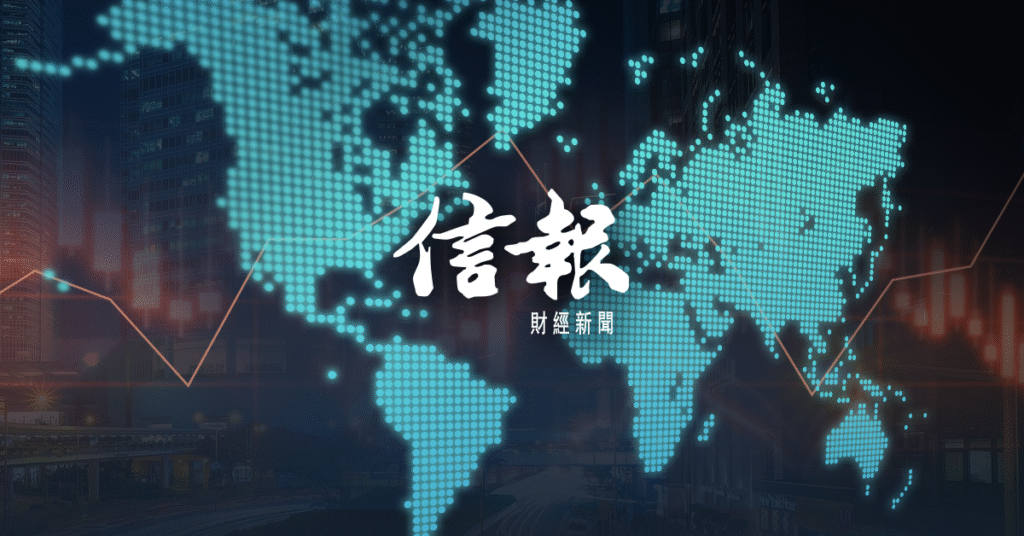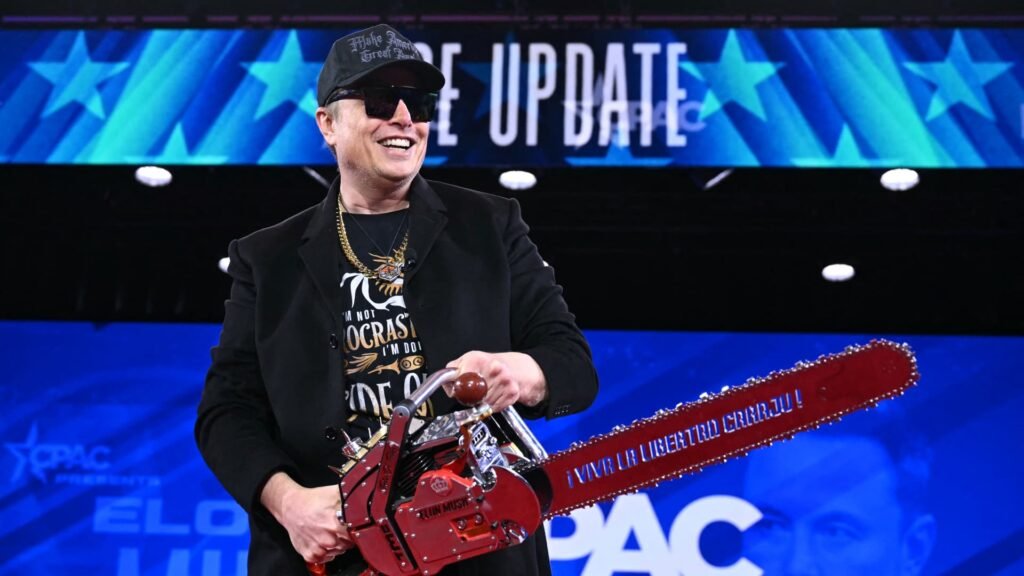Good morning. Well, we’ve got a trade deal with Japan and a blueprint for a national AI policy (more on that below). In this topsy-turvy business environment, that’s something you can hang your hat on.
But don’t keep your hat off too long. There’s plenty of potential surprises still working their way through the various branches of government, involving everything from regulation to commerce. Ramble on!
Today’s tech news below. —Alexei Oreskovic
Want to send thoughts or suggestions to Fortune Tech? Drop a line here.
Musk floats a plan for robotaxis and makes a wish for Tesla control

Owners of Tesla cars will be able to add their vehicles to the company’s robotaxi network sometime next year, Elon Musk said on the company’s quarterly earnings call on Wednesday, potentially allowing hundreds of thousands of customers to make money by remotely renting out their cars as self-driving cabs.
“I’m not sure when next year, but confidently next year,” Musk said.
The move would mark a major expansion of the company’s robotaxi network, which officially launched last month in Austin with just a handful of self-driving vehicles that Tesla directly owns and operates.
Musk also said on the call that he thinks his 13% ownership stake in the electric vehicle manufacturer leaves him vulnerable to activist shareholders who could move to oust him from the $1 trillion company. Still, he admitted he shouldn’t have so much control over Tesla that the board can’t fire him if he goes “crazy,” he said during an earnings call on Wednesday.
Tesla reported that revenue in its most recent quarter fell 12% year-over-year to $22.5 billion, the EV company’s worst performance in at least a decade. The company ascribed the decline to an ongoing slump in vehicle deliveries and falling prices (trends that were not helped by Musk’s involvement in partisan politics) as well as declining revenue from environmental credits. —Jessica Mathews and Amanda Gerut
Silicon Valley celebrates AI policy triumph
David Sacks, America’s AI and crypto czar, joined his cohosts from the All-In podcast on-stage in Washington, D.C., on Wednesday to celebrate the new Trump AI Action Plan at a surreal event that was part policy forum, part podcast, and part triumphant political rally.
Sitting on plush white chairs and backed by American flags, patriotic music, and flashy videos of giant data centers and factories, Sacks and his podcast “besties” interviewed a string of surprise guests and talked up the plan hours after it was unveiled. Guests included Vice President JD Vance, director of the White House Office of Science and Technology Policy Michael Kratsios, and various tech industry bigwigs including Nvidia CEO Jensen Huang.
The 28-page AI Action Plan was commissioned by Trump in January when he took office and summarily revoked the Biden administration’s executive order on AI safety. Sacks, who produced the new AI policy blueprint in his role as AI czar, described the new plan’s three big pillars: accelerating innovation; building U.S. AI infrastructure; and leading in international diplomacy and security.
The consequences of losing the AI race are “unthinkable,” Sacks told the audience.
As Vice President Vance came onstage, the audience of several hundred people rose to its feet and cheered. “We have the best hardware and software, but our edge is not something we can rest on our laurels,” Vance said. “If we regulate ourselves to death we should blame our own leaders.” Read the full story here. —Sharon Goldman
Google boosts capex. Will others follow?
What do we need? More data centers! When do we need them? Now!
That was the message from Alphabet’s Q2 earnings call on Wednesday. Google’s parent company said it would now spend $85 billion in capital expenditures this year to build its cloud infrastructure, instead of the measly $75 billion it had previously budgeted.
And next year Alphabet plans to spend even more on capex, the company said.
Not that the Googleplex crew are the only ones spending big bucks to build AI infrastructure. Just last week, Meta CEO Mark Zuckerberg vowed to spend “hundreds of billions” of dollars in the coming years on its quest for “superintelligence.” Stay tuned for Meta’s earnings call next Wednesday to see how Zuck’s talk translates into near-term financial guidance—and for Microsoft’s call that same day, to see whether it feels compelled to raise its current $80 billion capex level. —Alexei Oreskovic
Fortune AIQ: AI’s long reach across new industries
Fortune recently unveiled a new ongoing series, Fortune AIQ, dedicated to navigating AI’s real-world impact. Our latest collection of stories explores how businesses across virtually every industry are putting AI to work—and how their particular field is changing as a result.
- How Walmart, Amazon, and other retail giants are using AI to reinvent the supply chain—from warehouse to checkout. Read more
- Meet the legacy players and upstarts using AI to reinvent the energy business. Read more
- AI isn’t just entering law offices—it’s challenging the entire legal playbook. Read more
- How a bulldozer, crane, and excavator rental company is using AI to save 3,000 hours per week. Read more
- AI is already touching nearly every corner of the medical field. Read more
More tech
OpenAI exec talks search. “We didn’t build search because we wanted to necessarily go after the search market.”
When AI agents go rogue. You’re gonna need insurance.
Meta’s wristband prototype. Wiggle those fingers.
Nintendo Switch 2 makes history. Fastest selling game hardware in U.S.
China’s robotics bet. It’s not just about LLMs.
A bulldozer firm meets AI. A match made in heaven?
Adobe CTO’s genAI balance. Creativity and safety.





